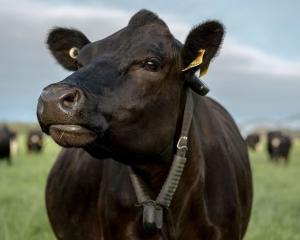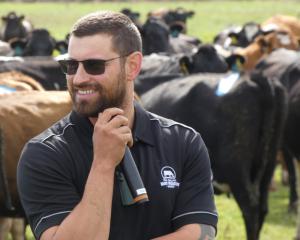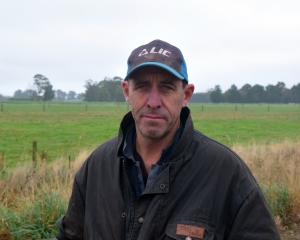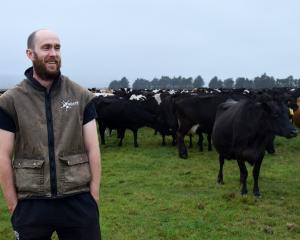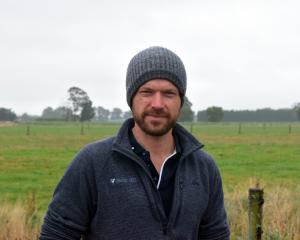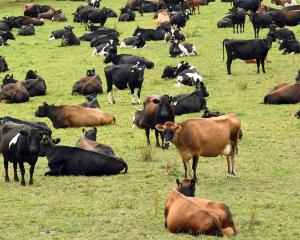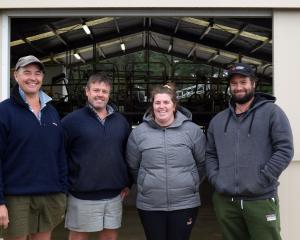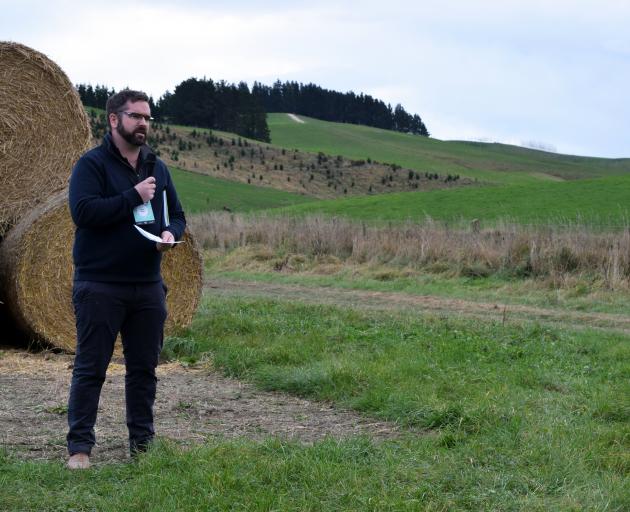
DairyNZ solutions and development lead adviser Justin Kitto, speaking at an on-farm South Island Dairy Event workshop on dairy farm Windsor Park in Enfield last week, said winter grazing was a high-risk activity.
"We do end up with a bare paddock at a time of year when there is more rainfall than normal so a bit of sediment can be lost, which is problematic."
Farmers must be compliant with all of the Government’s new Essential Freshwater regulations from November 1 this year, he said.
Permitted activity rules include:
The area used for intensive winter grazing must not exceed 50ha or 10% of the farm, whichever is greater.
Intensive winter grazing on land with a slope of more than 10 degrees will need a resource consent or certified freshwater farm plan.
The total area used for intensive winter grazing must be no greater than the maximum area used for intensive winter grazing in any single season between the start of July 2014 and the end of June 2019.
Livestock must be kept at least 5m from a waterway, regardless of whether there is any water in it at the time.
Anyone undertaking intensive winter grazing activities must protect critical source areas, such as swales and low patches in a paddock.
All critical source areas must be left ungrazed; must have vegetation as ground cover; and must not be used to grow forage crops.
Farmers must comply with the permitted activity rules by next winter or apply for a resource consent to do an activity outside those.
"You’ll have to be able to demonstrate the activity is not going to increase the contaminant load to the local waterway," Mr Kitto said.
The rules in Southland continued to be litigated in the Environment Court but farmers might face a range of tougher local rules, including a 10m buffer zone, from Environment Southland, he said.
The rules applied to any winter crop and it did not matter the type of stock grazing it, he said.
New rules state a farmer must provide all reasonable information to a compliance officer on request. Mr Kitto expected that would include winter cropping and grazing plans and photos.
Many farmers stored their plans in their heads but should write them down, he said.
"When a compliance officer turns up, what’s in your head doesn’t count for anything because you could be making it up to get out of trouble — what’s drawn on paper is going to be your evidence that you’ve thought about the risks and the issues in your paddock and that you’ve identified management strategies."
Farmers with good written winter cropping and grazing plans would more likely face "a slap on the wrist" than those without, would could face prosecution if something went wrong with their winter grazing operation, he said.
SHAWN.MCAVINUE@alliedpress.co.nz



